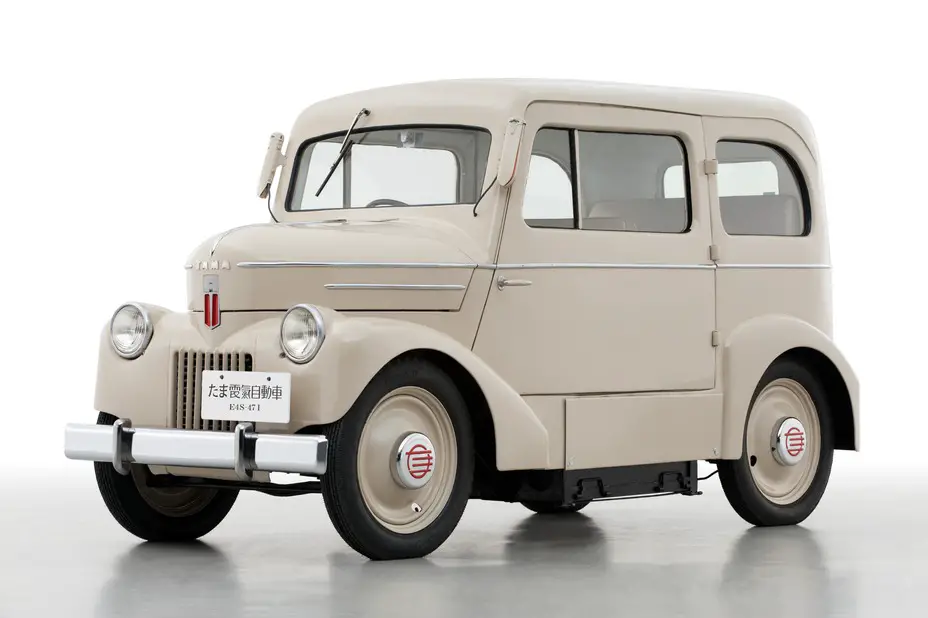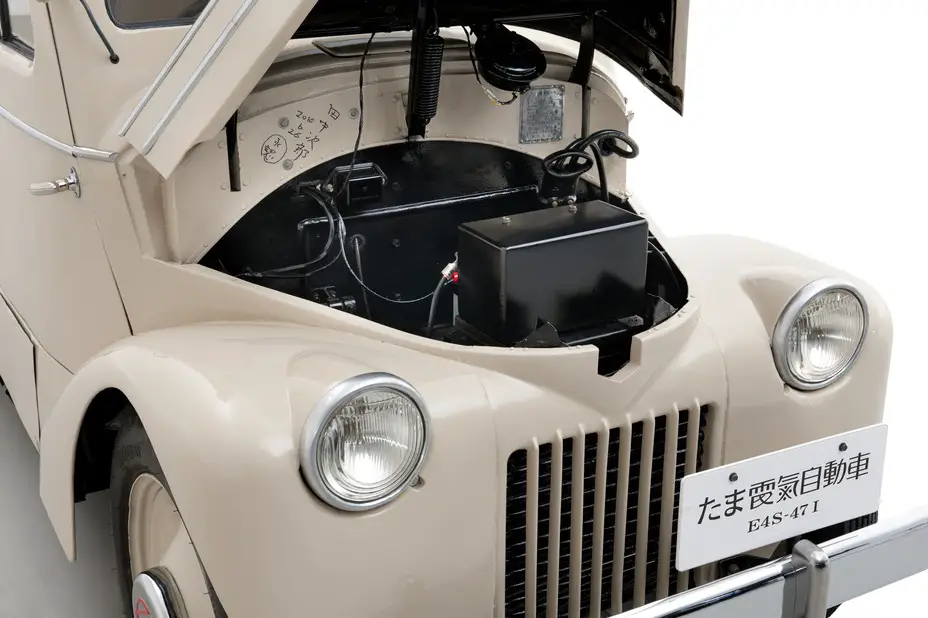70 Years Ago, A Japanese Car Maker Developed An Electric Truck With A 65km Range
Tags: opinion

Electric cars have been around for a surprisingly long amount of time – at least 7 decades. In the middle of the 1940s, the world was in the middle of one of the greatest tragedies in human history: the Second World War.
When the war ended, there were massive losses on both sides. For defeated Japan, this meant their gasoline reserves would be restricted by the Allies. However, they had a lot of electricity due to tucked-away hydroelectric power plants. This was the cue for a Japanese carmaker to come up with one of the earliest prototypes of an electric vehicle.
Read: Nissan Just Launched A Fully-Electric Camper Van
The Drive Behind The Electric Truck
After the end of the war in the mid-1940s, the Japanese economy had to switch over to a peaceful one. About 200 employees from Tachikawa Aircrafts had changed their profession after the dissolution of the company – from making wartime fighter aircraft to developing electric vehicles. Their new employer was the Tokyo Electro Automobile Company Limited which was newly established with the objective of developing an electric vehicle.
In 1947, their objective bore fruit. A prototype was successfully created. It was a truck that could accommodate 2 passengers and could carry a load of 500kgs. It was powered by an electric motor having 4.5 horsepower and a unique body design. The prototype was given the name “Tama”, as a dedication to the area from where the company operated. The top speed of the vehicle was an impressive 34 km per hour or 21 miles per hour. Here is Nissan’s latest video on the Tama:
Following the first prototype, the company then went on to create its first-ever passenger car. It came with 2 doors and could seat up to 4 people. This one was even faster – its top speed was 35 km per hour or 22 miles per hour. On one charge, the vehicle could reportedly cruise up to 65 km or 40 miles.
The Tama Was Futuristic During Those Times
The former makers of aircraft had introduced several unique ideas while designing and constructing Tama – the compartments for the battery being one such example. The car was built out of wood and a steel skin covered it. It had several other designs that were way ahead of its time: a hood that opened from the firewall; radiators; as well as hidden turn signals that popped out when needed.
The Tama had both truck as well as passenger models. Moreover, both models also had a gasoline version as well as the standard electric one. Then, in 1948, a smaller compact car for passengers was created: the Tama Junior. A year later, in 1949, the Tama Senior was launched. It was a passenger car that had a medium size. But that was the last notable development from the company under the name Tokyo Electro Automobile Company Limited.
Read: Nissan Just Launched A Fully-Electric Camper Van
In 1951, the next chapter of the company began. The company changed its name to Prince Motor, in honor of the formal crowning of Prince Akihito as Japan’s Crown Prince. The company then merged with Nissan in 1966, the automobile giant that has lasted till date.

The specialty of the Tama was its unique replaceable electric car battery. The compartment for the battery was built into the floor of the cabin of Tama. Each side of the car had 2 compartments. Both the cases holding the batteries were fitted with rollers. This would make exchanging used batteries with recently charged ones quickly. The engineering behind Tama got it the top awards when its performance was tested by the Ministry of Commerce and Industry in 1948.
As for the batteries, they were lead-acid ones. As such, even though it was an electric car it would not have been very environmentally friendly.
All Image Credits: Nissan News
Leave Comment: